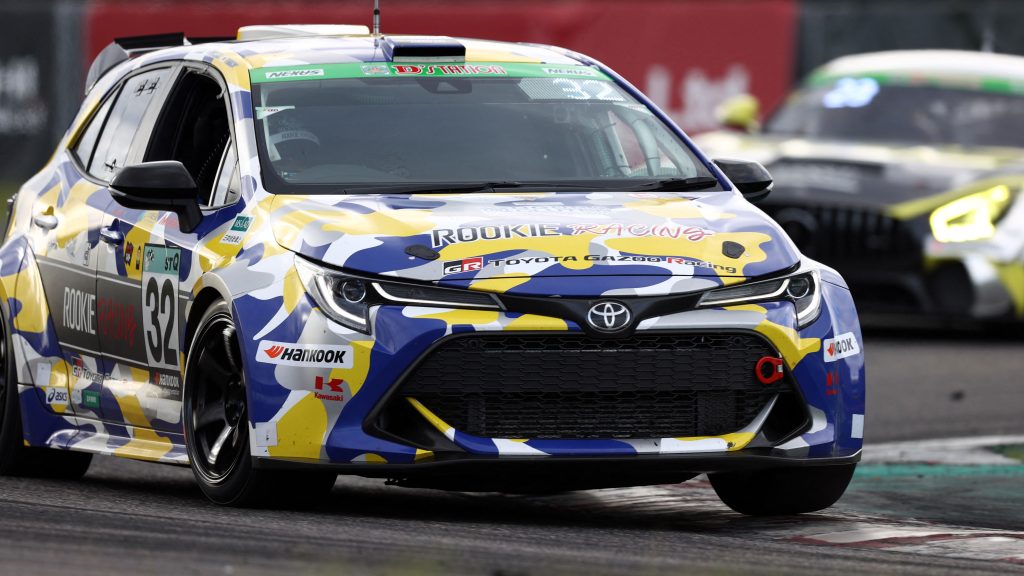They are testing panels that act as carbon dioxide filters when installed in the front of a car.
Toyota has begun manufacturing and testing panels that act as carbon dioxide filters when installed in the front of the vehicle – He writes in his article on Sunday Group of Seven.
According to the economic portal, the basic idea is so simple and logical that it is surprising that we did not start trying it decades ago. As they say, there is no better universal carrier for purifying the air and extracting as much carbon dioxide as possible. The implementation has a lot of technical and economic issues, as well as side threads to resolve, but now that Toyota has finally gotten to work, at least a serious R&D project has begun.
About the technology, G7 wrote: Although Toyota built the test filter into a Corolla race car that uses liquid hydrogen, the filter is actually a passive structure that can be used in any fuel-powered vehicle. They admit: The technology is still very primitive, it is a circular filter with a relatively small surface, which is built into the front of the car. The first truly innovative solution for the application is to absorb (dissolve) the captured CO2 into a liquid using waste heat already generated in the engine.
They point out that efficiency is still not enough to excite us: the filter absorbs only 20 grams of carbon dioxide from the air over a distance of more than 90 kilometres, while the Corolla on the street today burdens the environment with harmful substances equivalent to at least 10,000 grams. . carbon dioxide at the same distance. Toyota believes that the solution lies in imagination in the long term, otherwise it would not have reached this point. One direction, they say, could be a truck, the front of which would be able to capture carbon dioxide over a much larger surface. Perhaps the most important development is the treatment of liquid contaminated with carbon dioxide. This also has serious basic logistical tasks, as the complete filter must be removed from the vehicle as quickly as possible, for example, and the truck must be immediately replaced at gas stations as soon as possible, writes G7.












































